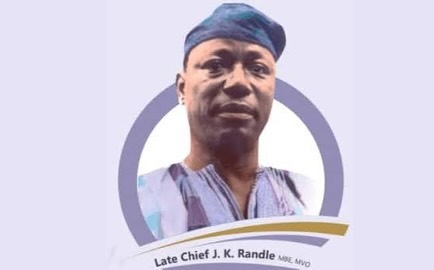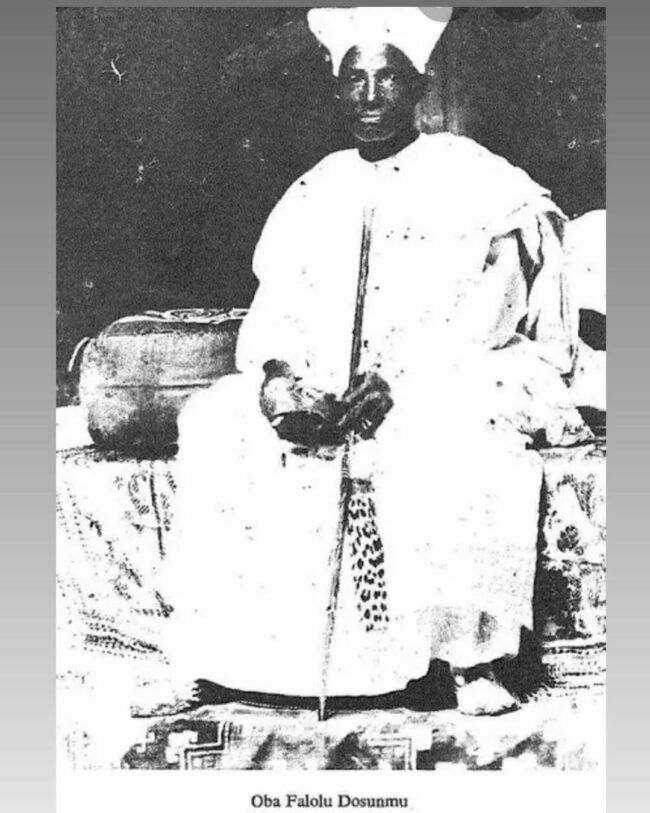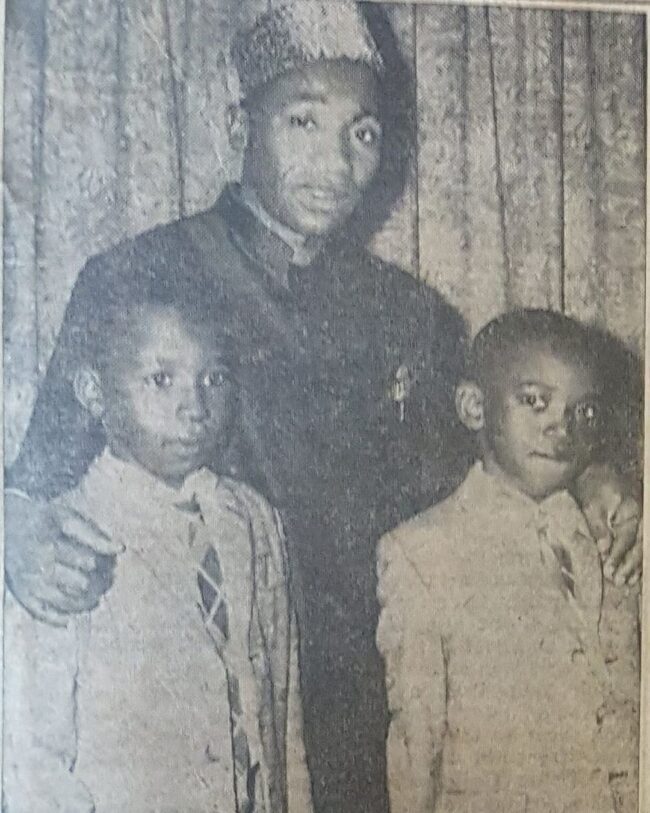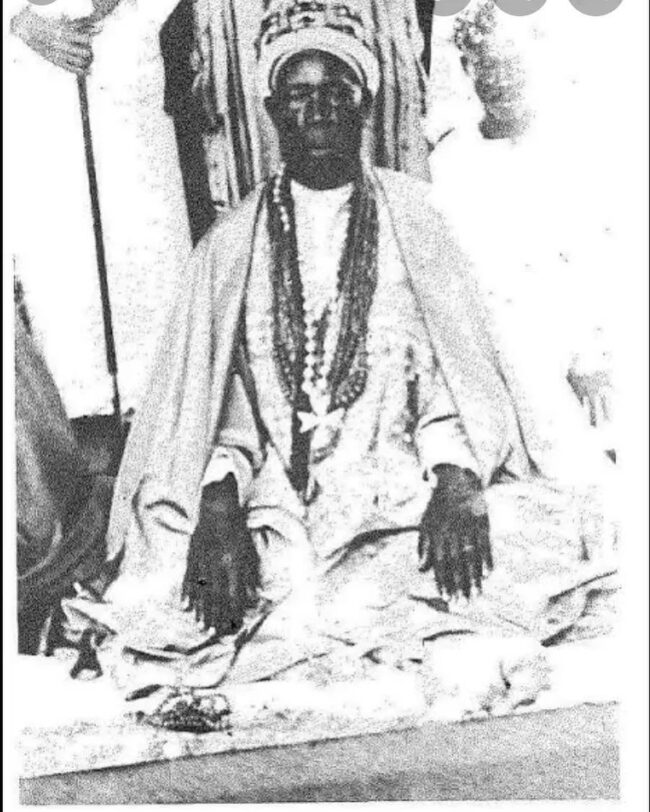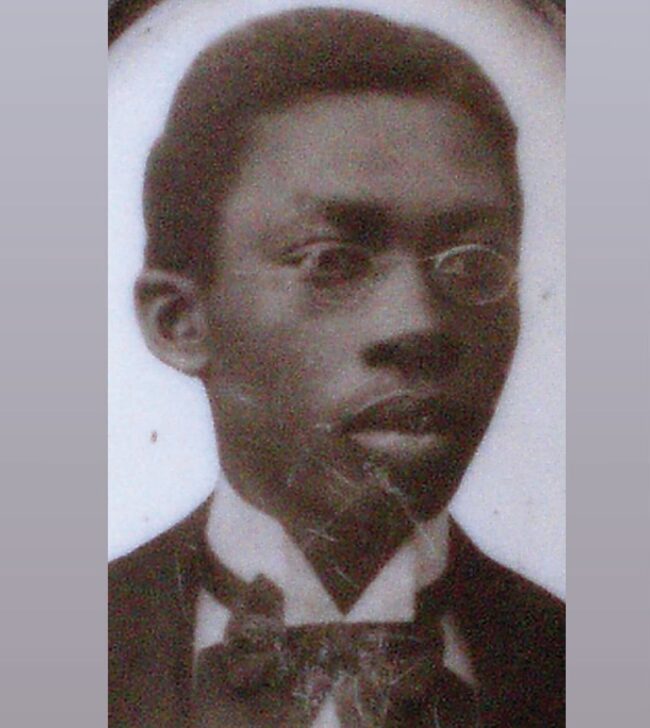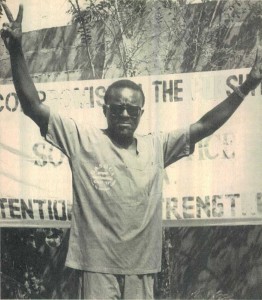History of the Randle Family, Popularly Known in the Surulere Axis of Lagos
Chief Joseph Kosoniola Randle MVO MBE was a Nigerian businessman and socialite from Lagos who lived from July 28, 1909, to December 1956. He was involved in a number of public affairs in Lagos and served as Chef de Mission for the Nigerian Olympic team traveling to Melbourne. In addition to being a member of the Lagos Town Council (despite his politics discouraging strong nationalism), Randle was a social crusader and philanthropist who founded the Nigerian branch of the Anti-Tuberculosis Society. He was also a sportsman and trustee of a projected National Stadium. On July 28, 1909, JK Randle was born. His father, John Randle, was a physician from Saro that practiced medicine from February 1, 1855, to February 27, 1928. John Randle, his father, was a physician from Sierra Leone who was involved in Lagos politics, presently in the colonial era in Nigeria. He was one of the first West Africans to become a licensed doctor in the UK, having been born in Sierra Leone. John Randle’s father, Thomas Randle, was a freed slave from an Oyo village in what is now western Nigeria. He was also JK Randle’s grandpa. The Aguda are the ancestors of emancipated Afro-Brazilian slaves who left Brazil and returned to Africa, especially Nigeria. JK Randle’s mother was from the Aguda. JK Randle received his education at King’s College and CMS Grammar School in Lagos. He was a member of Nnamdi Azikiwe’s (Zik’s Athletic club) and its first captain during his time in college. He enjoyed playing football and cricket. Although his father was wealthy when he was born, a large portion of his estate was bequeathed to charitable organizations after his death. Randle was a senior at King’s College when his father passed away, and his goal of going to college had grown unaffordable. He briefly held a position in the Treasury Department as a junior clerk, sharing an office with Oba Adeniji Adele ll. Later, Randle relocated to Ilesha to pursue a career in gold mining. After his mining venture failed, he went back to Lagos and made some money trading, signing contracts, and promoting businesses. He was the Lisa of Lagos, a chieftaincy title he held. He received it from Oba Adeniji Adele. In addition, he was one of the founding members of the Island Club and its chairman. He fell ill during his Melbourne flight, and in December 1956, he passed away at Lagos General Hospital. In 1956, he served as the Lagos Race Club’s chairman.

